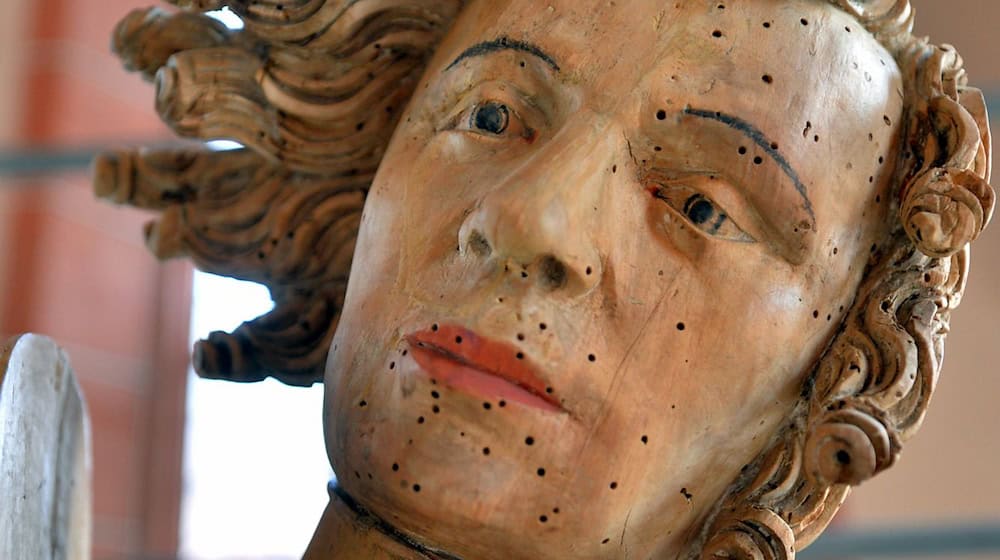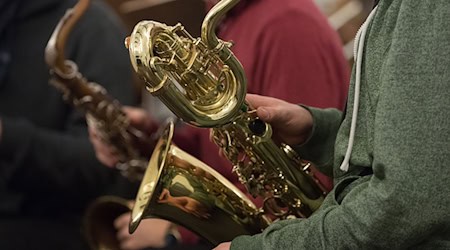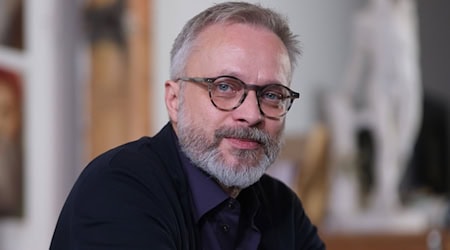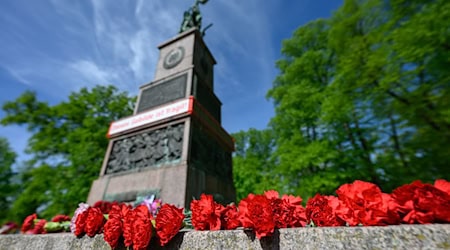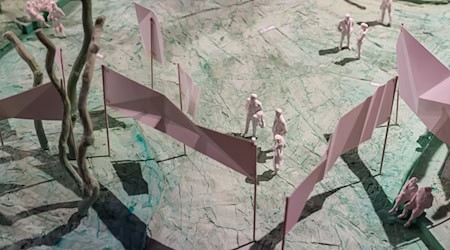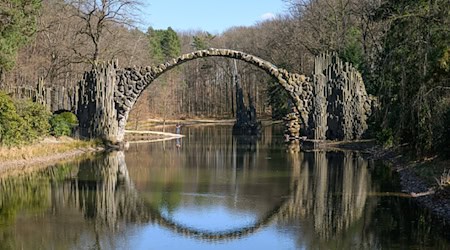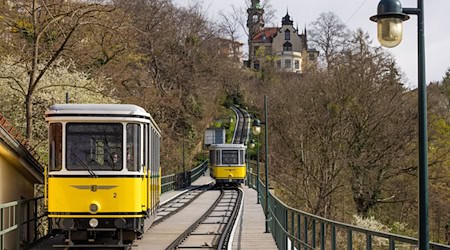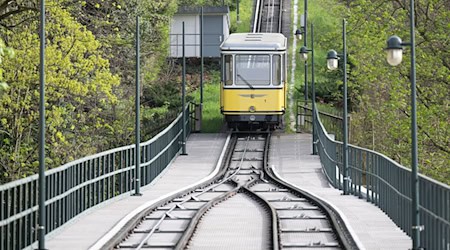On Open Monument Day this Sunday (September 8), the doors of around 800 cultural monuments will be opened. These include castles, factory buildings, churches and residential buildings, but also parks, cemeteries and archaeological sites as well as objects that are not usually accessible - such as the Elbe barge "Waltraut". There are programs for guests of all ages, including special guided tours.
In keeping with the motto "Wahr-Zeichen. Witnesses to History", the state-wide opening will take place in one of these: the 500-year-old pilgrimage church of St. Mary in Rötha in the district of Leipzig. It has an instrument by master organ builder Gottfried Silbermann (1683-1753) from 1724.
With its furnishings, the church is of great architectural and church-historical importance from the point of view of monument preservation - and the 300th anniversary of the organ predestines St. Mary's Church for the opening, as Regional Development Minister Thomas Schmidt said.
Owners and restorers show gems
According to the ministry, the day also offers interesting insights into otherwise closed cultural monuments. In addition to "impressive" testimonies to history, it is also possible to meet committed owners, restorers and craftsmen, monument conservators or associations and initiatives.
"I am delighted that so many monument owners are taking part and that the Saxons will have numerous opportunities to immerse themselves in the history of our cultural monuments," said Schmidt.
The Open Monument Day takes place annually throughout Germany on the second Sunday in September and is coordinated by the German Foundation for Monument Protection, which is under the patronage of the Federal President.
The largest cultural event in Germany is part of a common European idea: the European Heritage Days. Around 6,000 objects are registered nationwide this time - they offer a varied and unusual program as well as interesting guided tours.
Copyright 2024, dpa (www.dpa.de). All rights reserved

